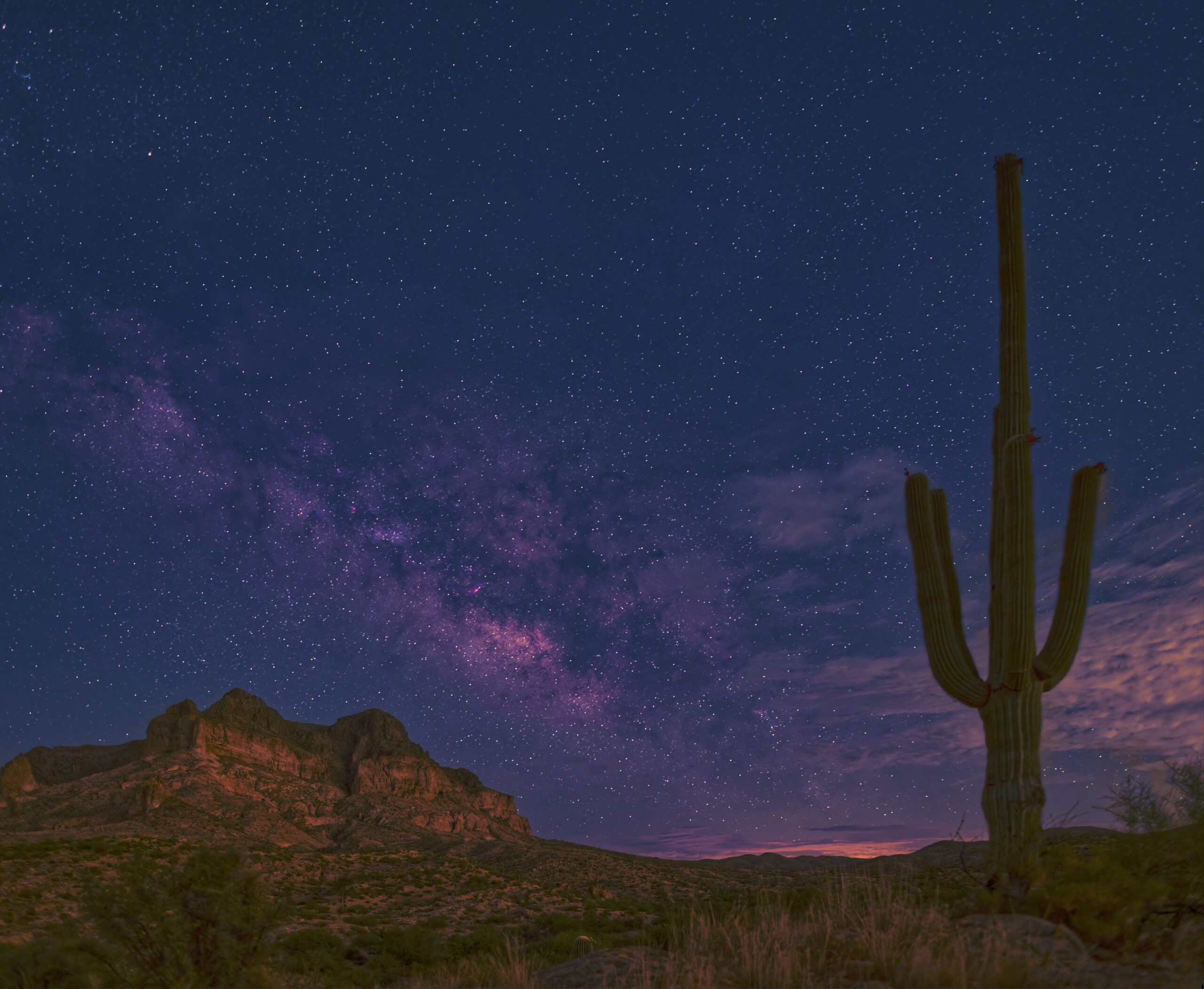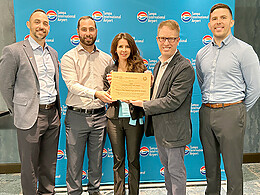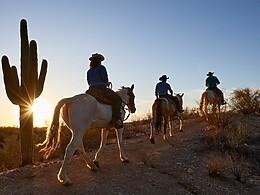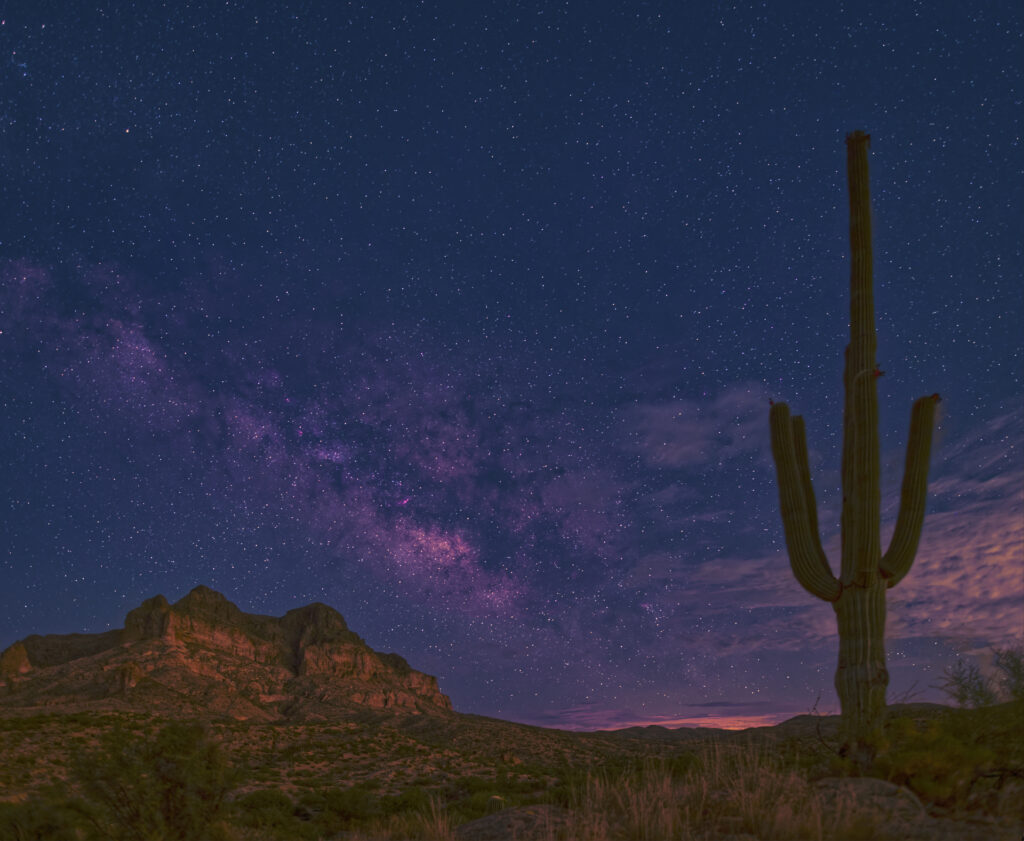
Galaxies, nebulas, stars and planets outshine city sky views as onlookers adjust to DarkSky-protected locations like Arizona’s Tonto National Monument or Grand Canyon National Park. The night sky has captivated humanity for thousands of years, as dark, clear nights invite viewers to look up at sparkling stars, which are sometimes billions of light years away, and wonder. But not all night skies are made equal. In fact, with growing light pollution, clear skies optimal for astronomy grow scarcer as light pollution continues to increase.
DarkSky International is dedicated to reducing light pollution and conserving the exceptional certified DarkSky Places where out-of-this-world cosmic objects become more accessible to the eye and telescope. “These certified DarkSky Places are committed to protecting the night sky by adhering to a number of guidelines that help to reduce light pollution,” says DarkSky representative Drew Reagan.
Arizona, with 10 International DarkSky parks and six International DarkSky communities, attracts seasoned astronomers and novice tourists alike with its well-established astro-tourism infrastructure. “The stars shine bright in these [Arizona] locations, providing visitors with an incredible sense of awe and wonder!” says Reagan.
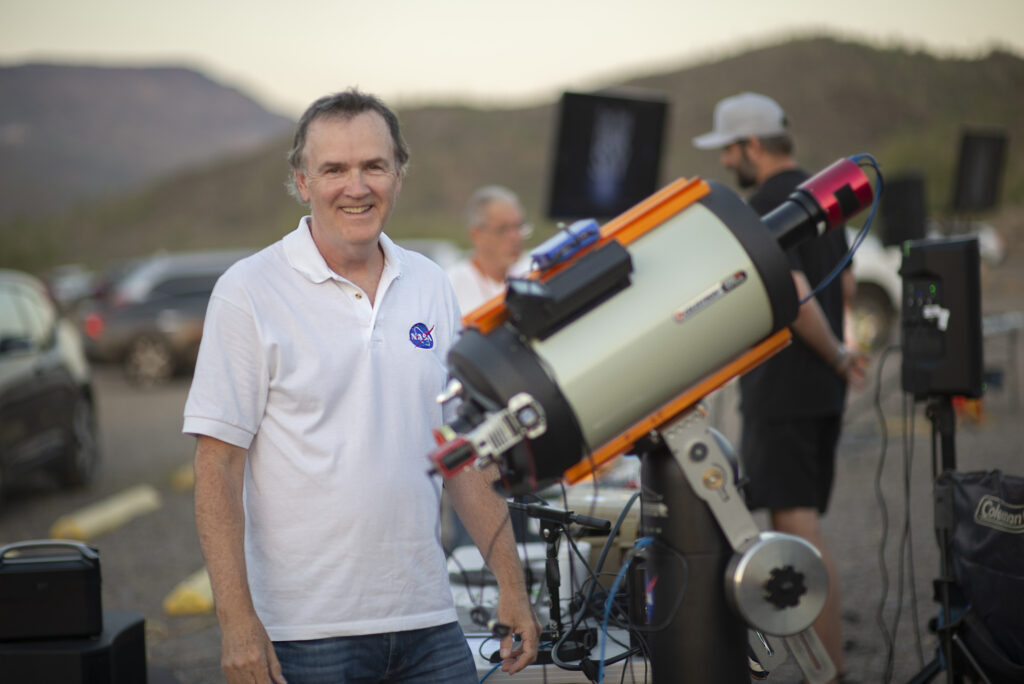
Mark Johnston, a NASA Solar System Ambassador with a passion for astronomy photography and education, believes Arizona’s outstanding astronomy infrastructure is the culmination of a growing and dedicated community reinforced by ideally aligned natural occurrences.
“Arizona’s a great state in the sense that you have an opportunity to see everything in the north that anybody else can see. But also a few things in the South that most people don’t see,” says Johnston.
The desert climate produces a high percentage of clear skies and temperate winters, providing year-round accessibility to self-led and tour-guided astronomical explorations. Along with ideal weather conditions, the state’s southern geographical placement offers audiences a unique view of some of the southern sky’s top targets. A diversity of DarkSky locations scattered across the state allows visitors and locals the opportunity to maintain their desired level of comfort while still accessing astronomical views. For some, a longer drive and dirt road exploration might be the perfect journey into high elevations, where greater altitude is associated with even clearer skies.
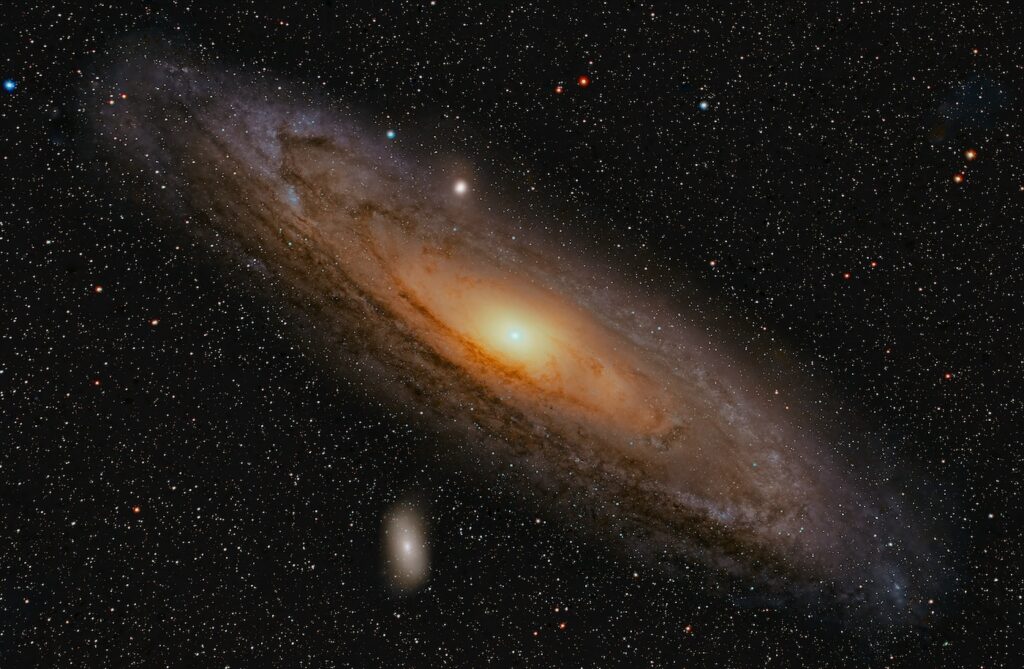
A summer road trip to the north side of the Grand Canyon for the clearest skies and darkest nights in all of Arizona might call to the adventurous type. For clear skies and a much shorter drive, aspiring stargazers can drive toward Flagstaff, where in 2001 the city became the first location to ever be designated as a DarkSky Place.
DarkSky-recognized locations within the Flagstaff area include Sunset Crater Volcano National Monument, Walnut Canyon National Monument and Wupatki National Monument. Like most DarkSky Places, these monuments contain a variation of easily accessible gazing spots, including The Doney Picnic site within Wupatki National Monument where toilets and trails can be accessed via a paved road.
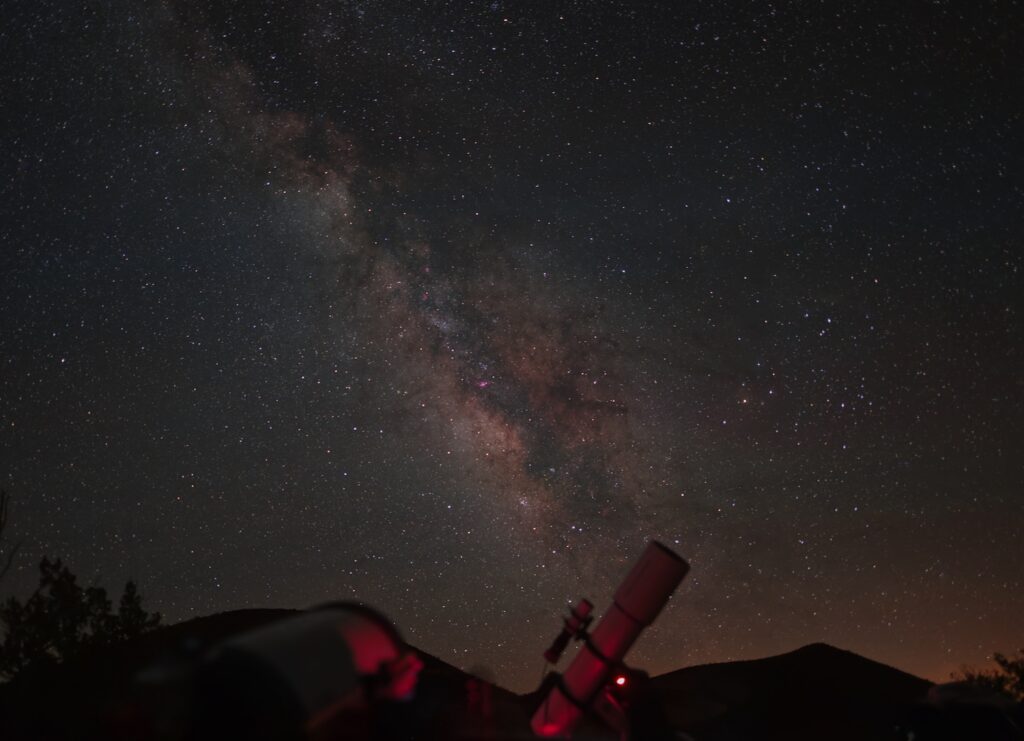
Johnston hosts weekly stargazing events at the Four Seasons Resort Scottsdale, where viewers can catch glimpses of live color images of cosmic phenomena, such as colorful galaxies and nebulas, through rare Electronically Assisted Astronomy (EAA) displays. As the most accessible viewing option, this event and other EAA stargazing opportunities tend to be a popular choice for astro-tourists.
For more information on DarkSky communities, visit www.DarkSky.org. Mark Johnston and his extraterrestrial images can be found on his popular Instagram @azastroguy and at www.azastroguy.com.

This story is from our special edition IN AZ 2024 issue. Read the full issue online here for more inside intel on where to stay, dine and everything in between IN AZ this season and all year round.
Unless noted, all photos courtesy Mark Johnston






